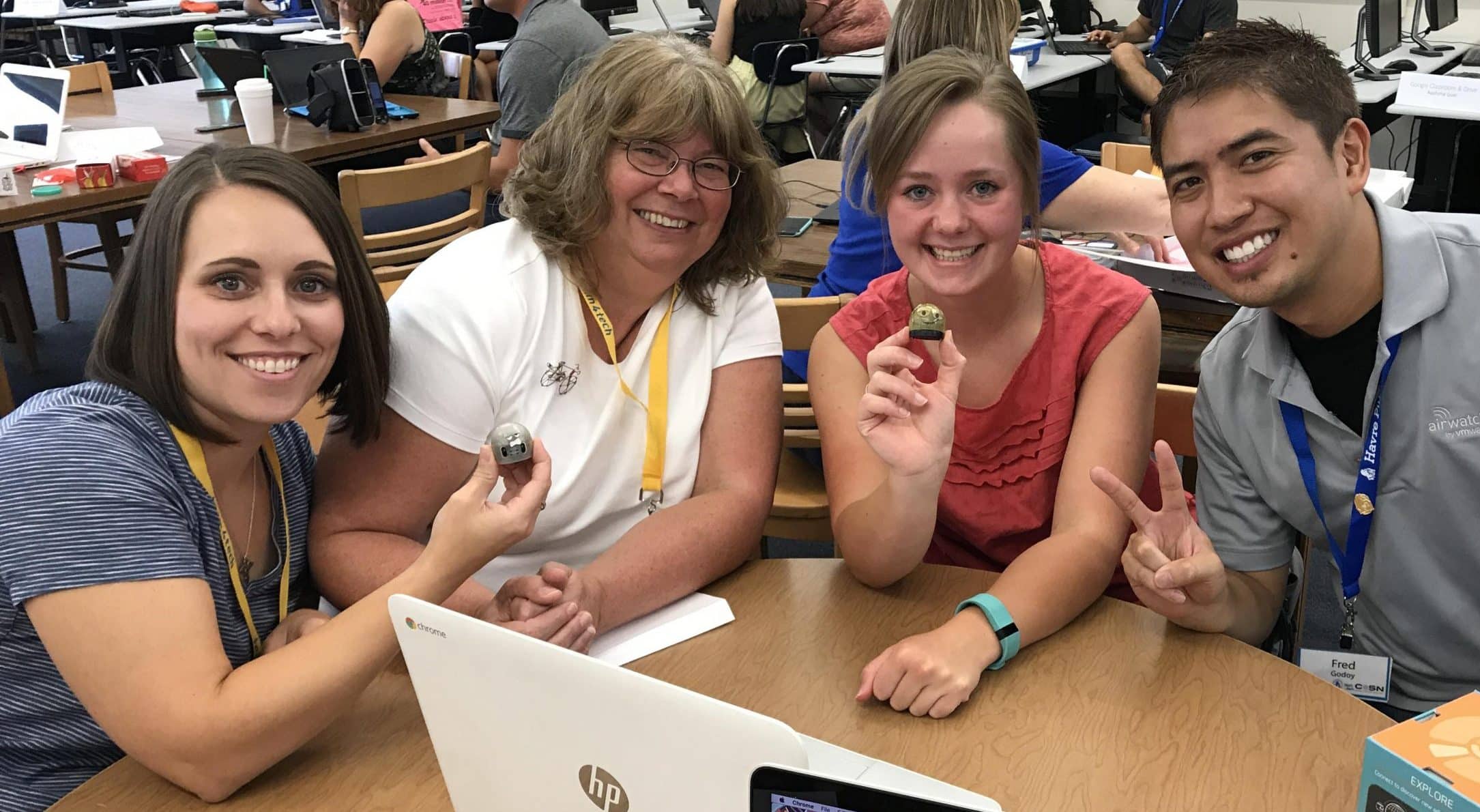Project Type: Education
-
Advancing Quality Schooling in India with Learning Links Foundation
Project type: Virtual or On-site (Day of Service/Short-term available) When: Any Dates Although the education system, especially with regards to access, has significantly improved, the quality of education and attainment of grade-level competencies continues to be a serious cause of concern in India. The 2015 Indian National Achievement Survey showed that over 50% of grade…

-
Fostering Entrepreneurial Development with EntreEd
Project Type: Virtual When: Flexible “In this age of educational accountability through standards and assessments with only one right answer and success measured by test scores, we need to keep young minds open for alternative ways of thinking…teach students not to get a job, but create one.” — Dr. Gene Coulson Executive Director, The Consortium…

-
Improving Cybersecurity in the United States
Only 25% of about 1.2 million low-income, first-generation college enrollees will attain a quality first job or go to graduate school. That’s nearly one million college students every single year who are not on a path to maximize their potential. The mission of Braven is to empower promising, underrepresented young people – first-generation college students,…
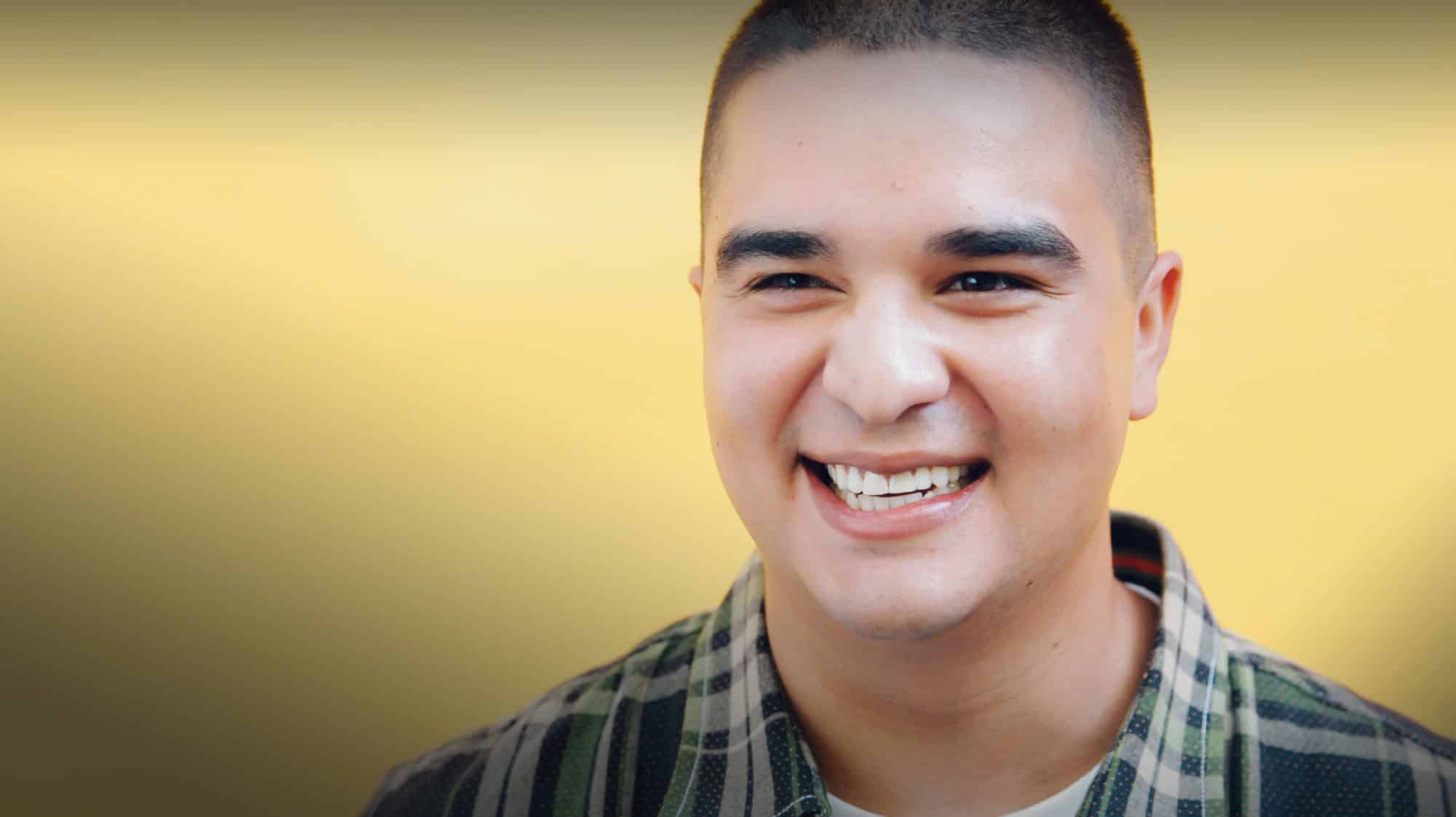
-
Pivoting to a Digital Model in Tanzania
Every child deserves access to quality education yet more than half of the world’s children are not learning critical math, literacy, and life skills. If current trends continue, by 2030 more than 750 million young people will not be on track to acquire basic secondary-level skills. A global teacher shortage, estimated to reach 69 million…
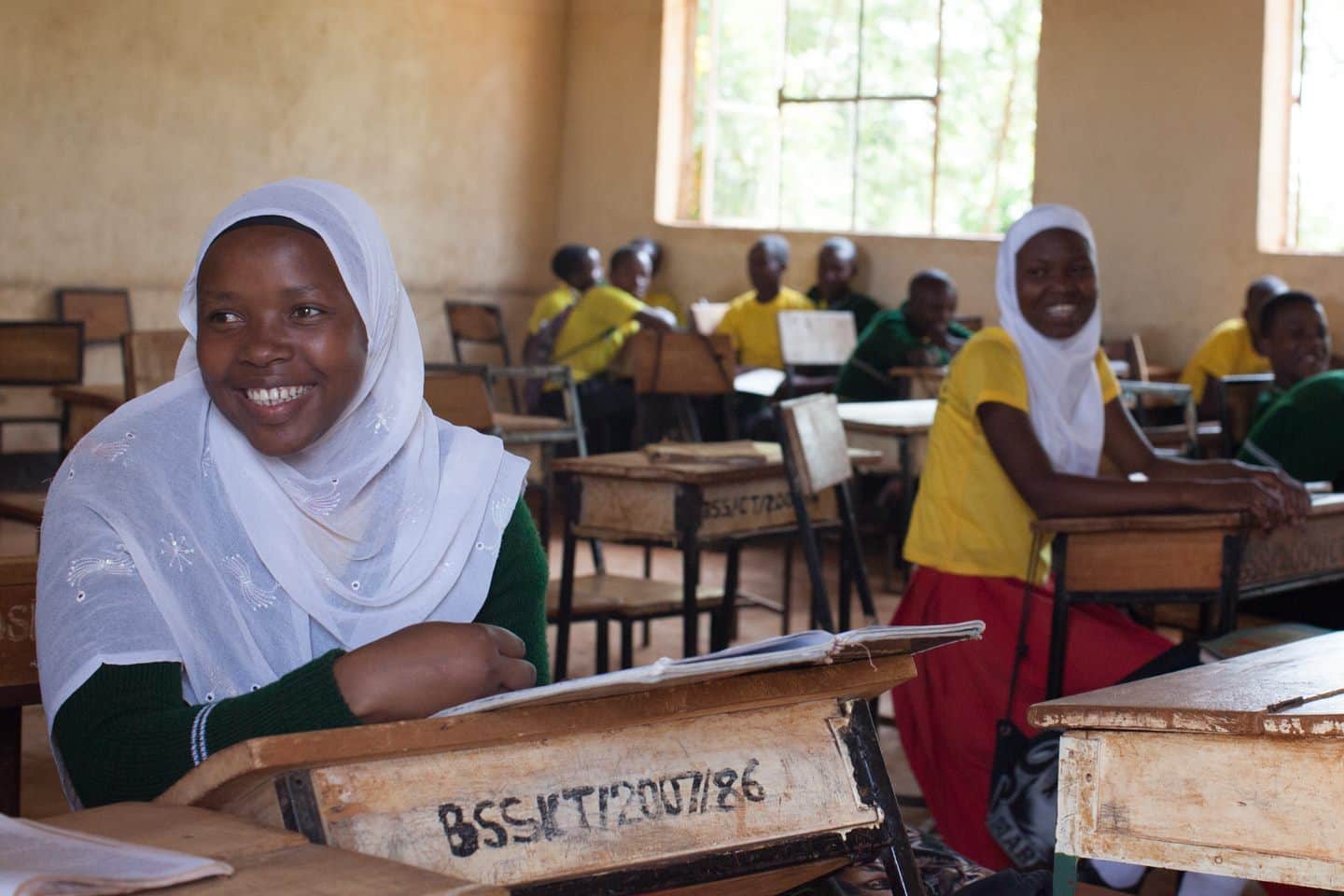
-
Promoting STEAM Innovation at Kidspire 2019 Project
Kidspire Vietnam Propels Orphans Forward with Quality Education In Vietnam, children living and growing up in orphanages receive very little support in helping them to prepare for their futures after leaving the orphanage. These orphans have little exposure to the outside world beyond their school and almost no access to technology. Public school class sizes…
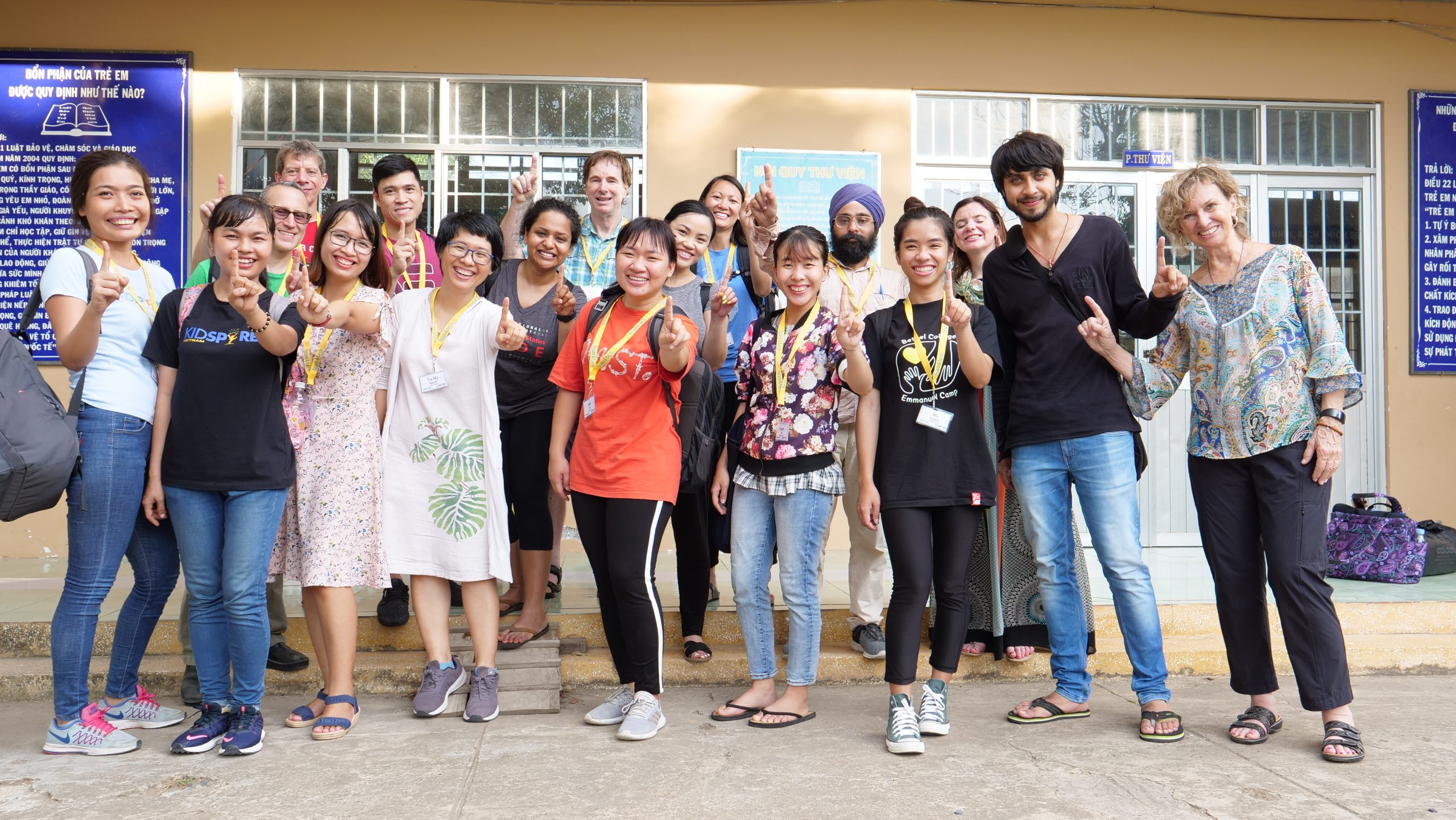
-
Launching a mentoring and teaching program in Rwanda, Kenya, and Malawi
Goal: Team4Tech partnered with Dartmouth, UC Davis, and Middlebury to provide opportunities for university-level students to meaningfully engage by helping to expand digital learning. Dartmouth College and the University of California, Davis, joined Middlebury College this year in this third year of partnership with Team4Tech to provide immersive service-learning programs for students interested in technology…
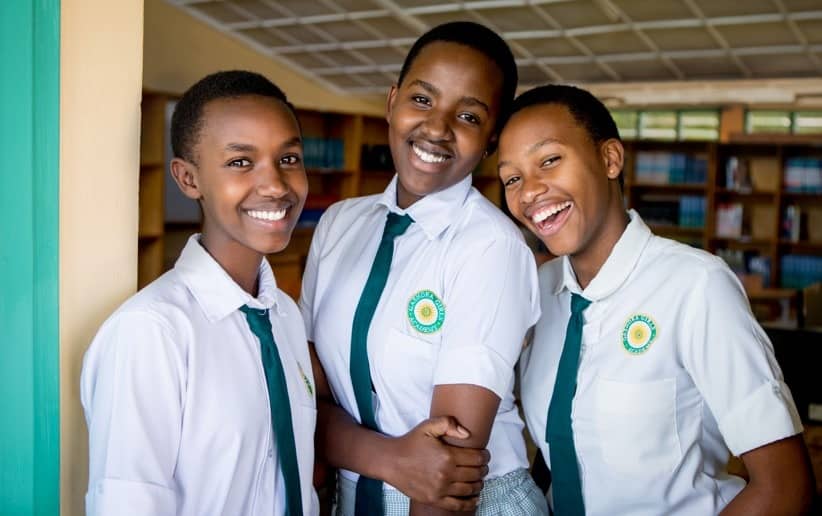
-
Scaling a Digital Literacy Program in Ghana with NetApp
Goal: Worldreader will have the resources to replicate, enhance, and sustain its digital reading programs such as the Ghana District Scale project. Background: 82 percent of the world’s learners are not in school because of COVID-19. To address this urgent need, Worldreader accelerated the release of its new app for school-age children, BookSmart, which features…
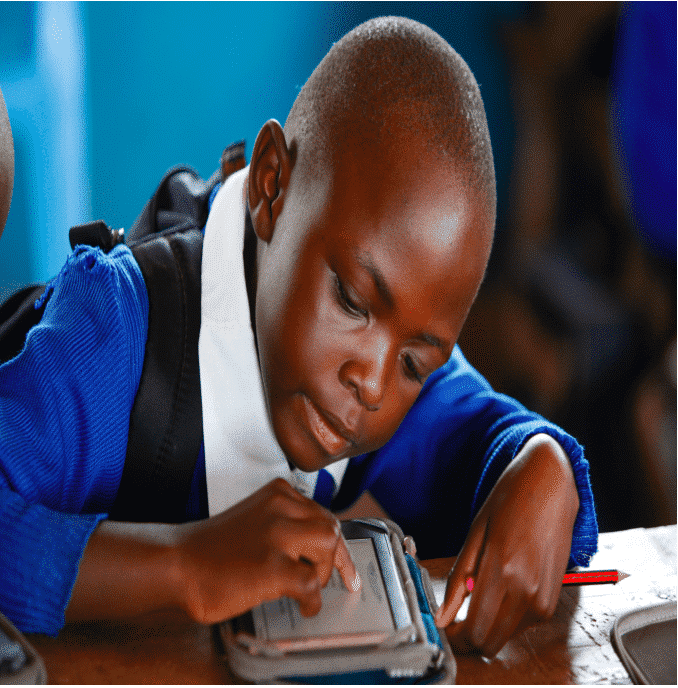
-
Developing a Coding Curriculum in Bulgaria
Goal: Develop a comprehensive curriculum for Micro:bit (donating 900 Micro:bits) and MIT App Inventor Background: Coding is rapidly becoming the most important universal language. Across the world, students are encouraged to learn how to code from an early age and in Bulgaria, programming became an official part of the third-grade curriculum. The CoderDojo Foundation was…
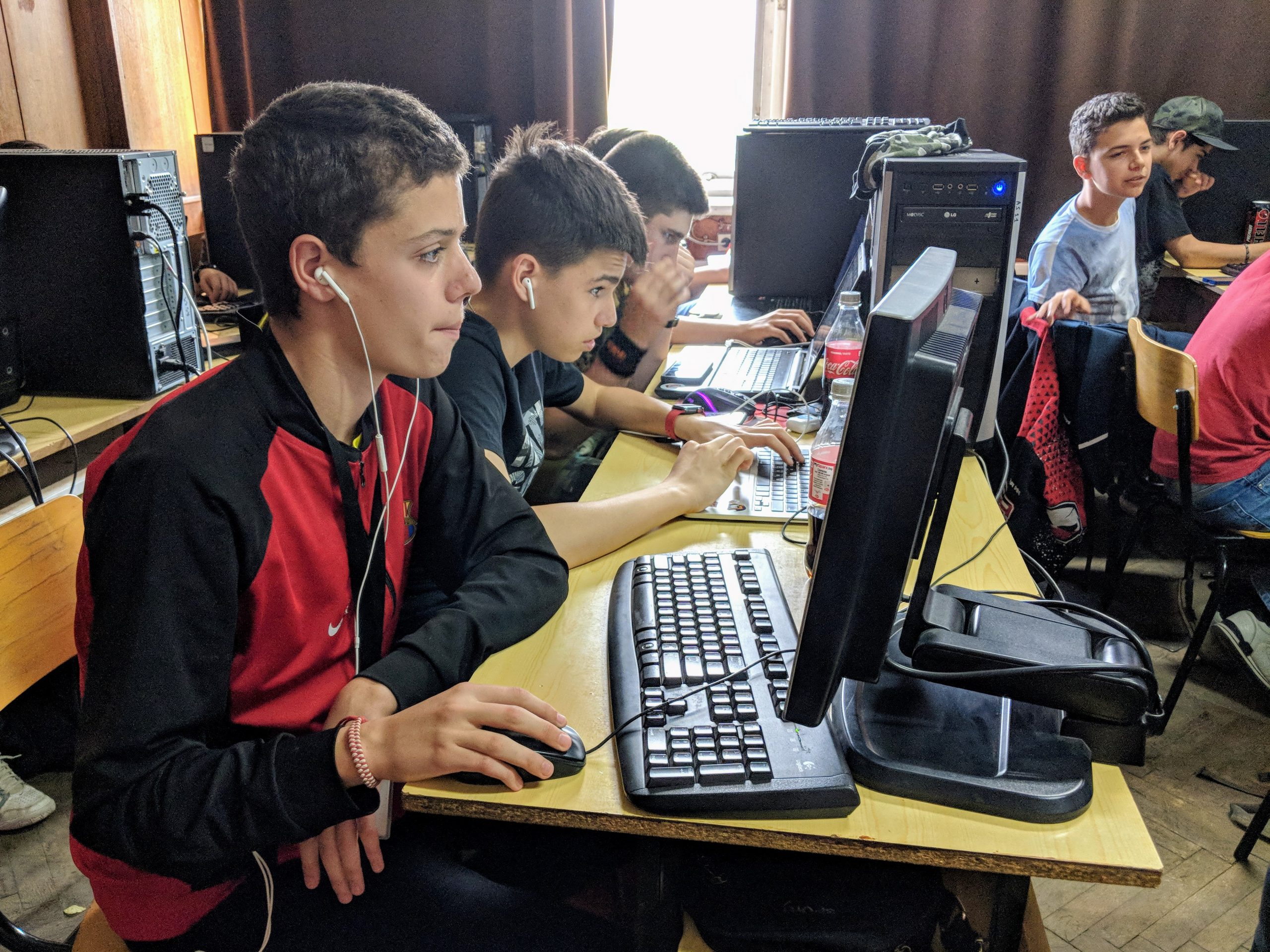
-
Supporting the Digital Leap in Montana
Background: Taking the digital leap is particularly challenging in rural school districts that have limited resources, limited access to broad technical expertise, and limited access to high-quality professional development. Team4Tech partnered with the Consortium for School Networking (CoSN) to offer professional development to teachers and support for technology leaders in rural school districts in accelerating…
